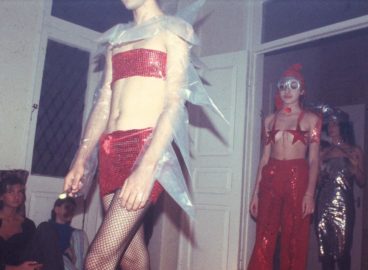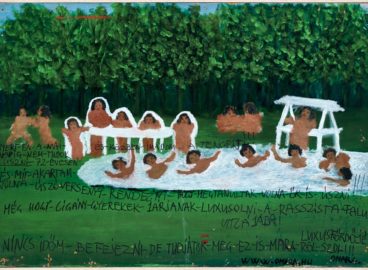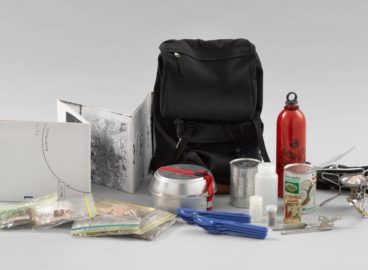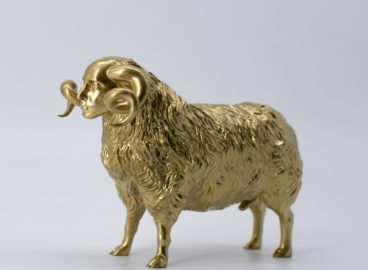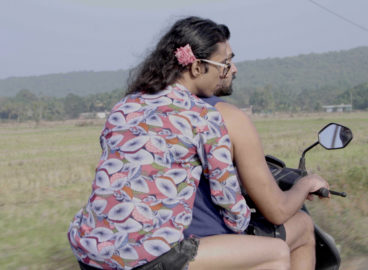Builders of Utopia: Avant-Garde Fashion and its Queer Undertones in Tbilisi from the 1990s to the Present
Writer Gyula Muskovics looks at the Georgian avant-garde fashion scene from the postcommunist transition, which began in 1991, to the present. Based on interviews and rarely seen archival footage, he gives insight into Tbilisi’s avant-garde fashion circles in the 1990s with a special focus on the Avant-garde Fashion Assembly.
